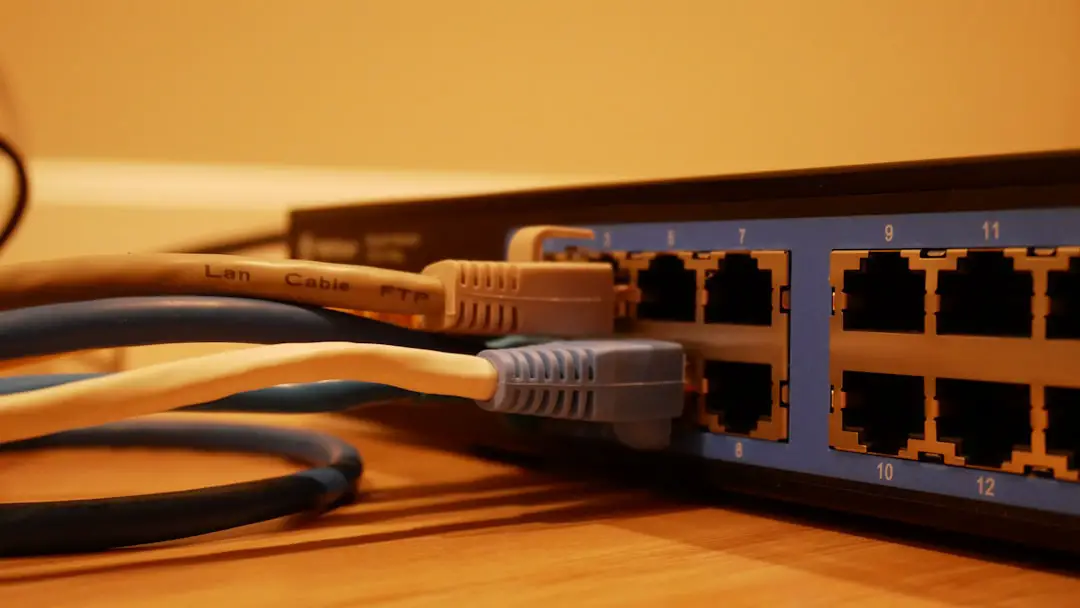In a strategic move that’s set to reshape the cybersecurity and IT operations landscape, Cisco announced its intent to acquire Splunk for $28 billion. This acquisition marks a significant step forward for both companies as well as for IT teams around the world. Cisco, a longstanding leader in networking and enterprise security, is integrating Splunk’s real-time data analytics and observability tools into its robust infrastructure. For IT professionals, this merger could bring about transformative changes in the way systems are monitored, threats are detected, and operations are streamlined.
Why the Merger Matters
Both Cisco and Splunk have carved niche areas within the tech sector, but the synergy created through this acquisition has the potential to offer comprehensive solutions that span across IT, security, and operations. Splunk is widely known for its powerful data analytics and SIEM (Security Information and Event Management) capabilities, while Cisco brings decades of experience in enterprise networking, hardware, and global reach.
Combining forces allows Cisco to extend its platform’s visibility across the entire tech stack—networks, endpoints, applications, and cloud services—while empowering IT teams with more integrated and AI-driven data insights.

Key Benefits for IT Teams
1. Unified IT and Security Operations
One of the most immediate benefits of the acquisition is the unification of IT and security operations. Traditionally, these departments operate in silos, despite the increasing confluence of their roles. With Splunk’s advanced SIEM and observability tools integrated into Cisco SecureX and other environments, IT teams gain a centralized dashboard for threat detection, performance monitoring, and operational analytics.
2. Enhanced AI and Machine Learning Capabilities
Splunk has been investing in machine learning for anomaly detection and predictive analytics, which aligns perfectly with Cisco’s emerging strategy around AI-driven operations (AIOps). This merging of capabilities allows organizations to proactively manage incidents, reduce downtime, and ensure more efficient root cause analysis—all in real time.
3. Improved Visibility Across Hybrid and Multi-Cloud Environments
As businesses increasingly adopt hybrid and multi-cloud architectures, gaining consistent visibility becomes essential. Splunk’s ability to analyze machine data across virtually any environment complements Cisco’s cloud-native security solutions, making it easier for IT teams to monitor infrastructure across AWS, Azure, Google Cloud, and on-premises resources.
4. Streamlined Compliance and Audit Readiness
Regulatory compliance is a critical responsibility for IT departments. Splunk’s strong log management and auditing capabilities help ensure continuous compliance with frameworks like GDPR, HIPAA, PCI DSS, and more. Cisco’s backing enhances these offerings by enabling secure, scalable integrations across the enterprise network stack.
5. End-to-End Network and Endpoint Monitoring
IT teams often struggle with tool sprawl, running multiple solutions to monitor different parts of their infrastructure. By integrating Splunk into Cisco’s full-stack observability framework, teams will gain consolidated access to network data, endpoint signals, user events, and cloud activity—all under one intelligent umbrella.

Challenges and Considerations
Despite the many advantages, the merger may also present challenges for IT teams during the integration phase. Here are some potential hurdles:
- Tool Unification: While the goal is seamless integration, aligning data models and user interfaces across Cisco’s and Splunk’s platforms may take time.
- Training and Adaptation: IT professionals familiar with Splunk or Cisco may require training to effectively use the unified platform.
- Licensing Changes: Shifts in pricing models and software licensing could impact existing users, possibly requiring budget adjustments.
However, Cisco has assured customers that it intends to support and enhance Splunk products as part of its strategic roadmap, promising minimal disruption and continued innovation.
What’s Next for the Industry?
This acquisition signals a broader trend in the tech industry: the convergence of infrastructure, security, and AI-powered analytics into unified platforms. IT teams are increasingly being asked to do more with less, and having a streamlined, intelligent operations suite can make that task more manageable. Cisco’s acquisition of Splunk is not merely a business transaction—it represents the evolution of IT operations into something smarter, more automated, and inherently secure.
Other vendors are likely to follow suit, either through partnerships or acquisitions, as the market for unified observability and threat detection solutions grows in demand.
Frequently Asked Questions (FAQ)
-
Q: How will the Cisco-Splunk merger affect current Splunk customers?
A: Current customers of Splunk are expected to benefit from deeper integration with Cisco products, though they may need to adapt to new workflows or interfaces over time. Cisco has stated it will continue to support Splunk’s standalone services. -
Q: Will Splunk remain a separate brand under Cisco?
A: While Splunk will become part of Cisco’s product lineup, it’s likely to retain some level of brand distinction, at least initially, similar to how other Cisco acquisitions—like Meraki—have been handled. -
Q: Are there any changes to Splunk’s licensing or pricing due to the acquisition?
A: So far, Cisco has not announced any immediate changes to Splunk’s pricing model. However, significant updates could arrive once the integration roadmap is finalized. -
Q: Will Splunk continue to support third-party cloud platforms like AWS or Google Cloud?
A: Yes. Splunk’s multi-cloud support will likely remain a key feature, especially since Cisco also operates in multi-cloud environments and seeks to enhance cross-platform visibility. -
Q: How quickly will the integration of Splunk into Cisco products occur?
A: Integration timelines are often gradual. Cisco is expected to roll out features and integrations in phases, ensuring stable performance and minimal disruption.
Overall, the Cisco acquisition of Splunk presents IT teams with an unprecedented opportunity to elevate their performance, consolidate their tools, and stay ahead of security and compliance demands. While there will be transitional challenges, the long-term upside is substantial in terms of operational efficiency, threat resilience, and data optimization.
